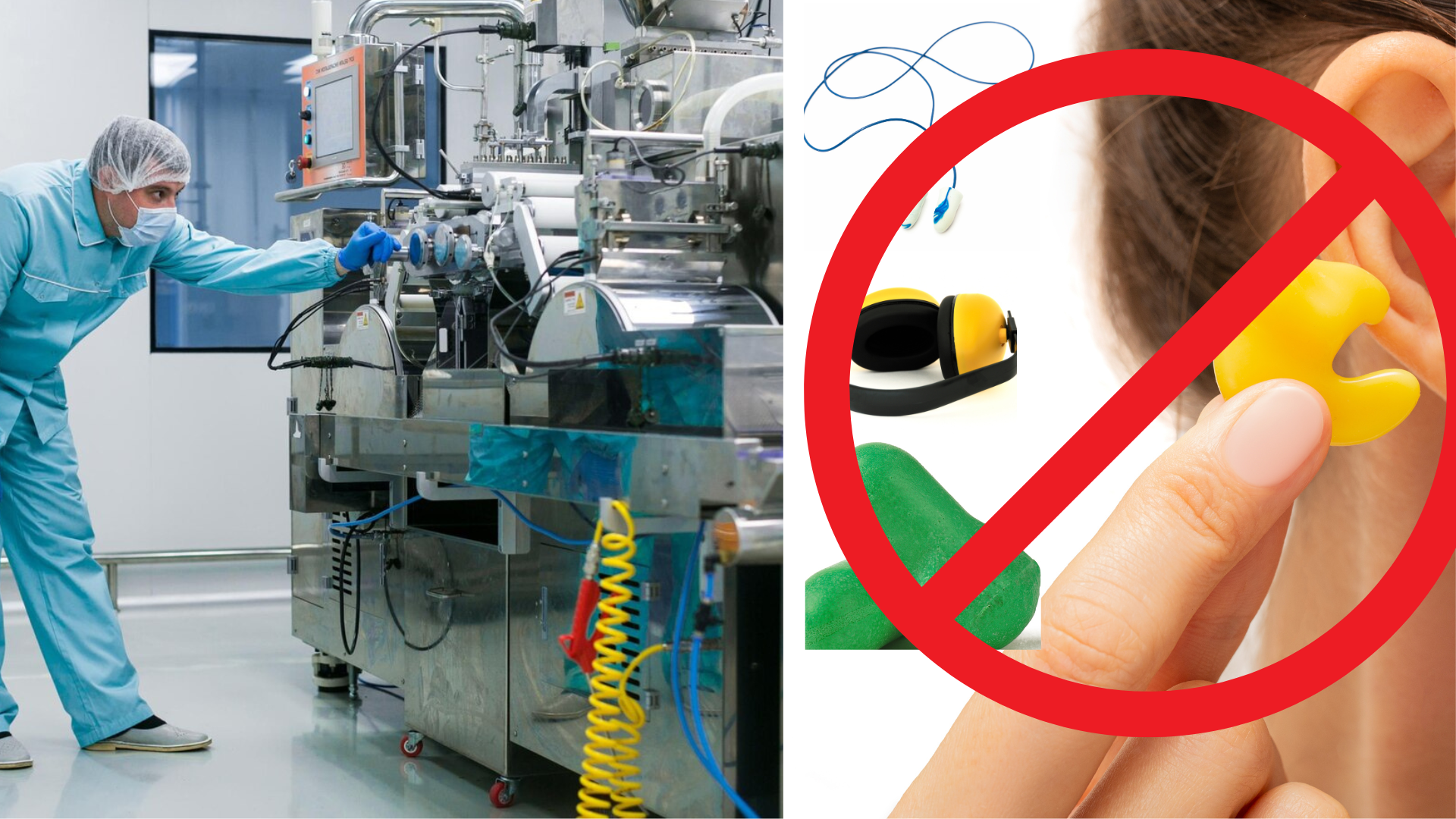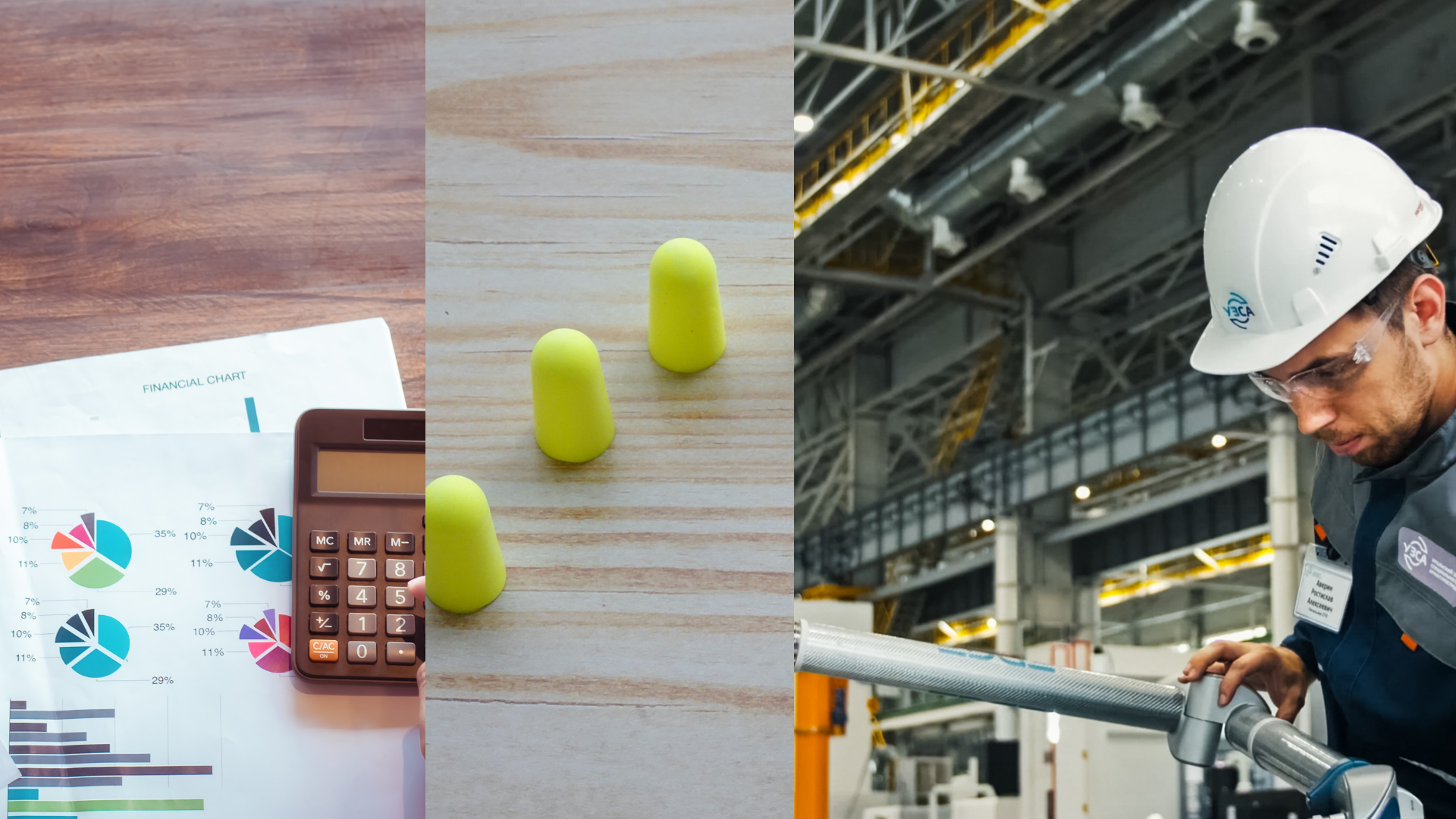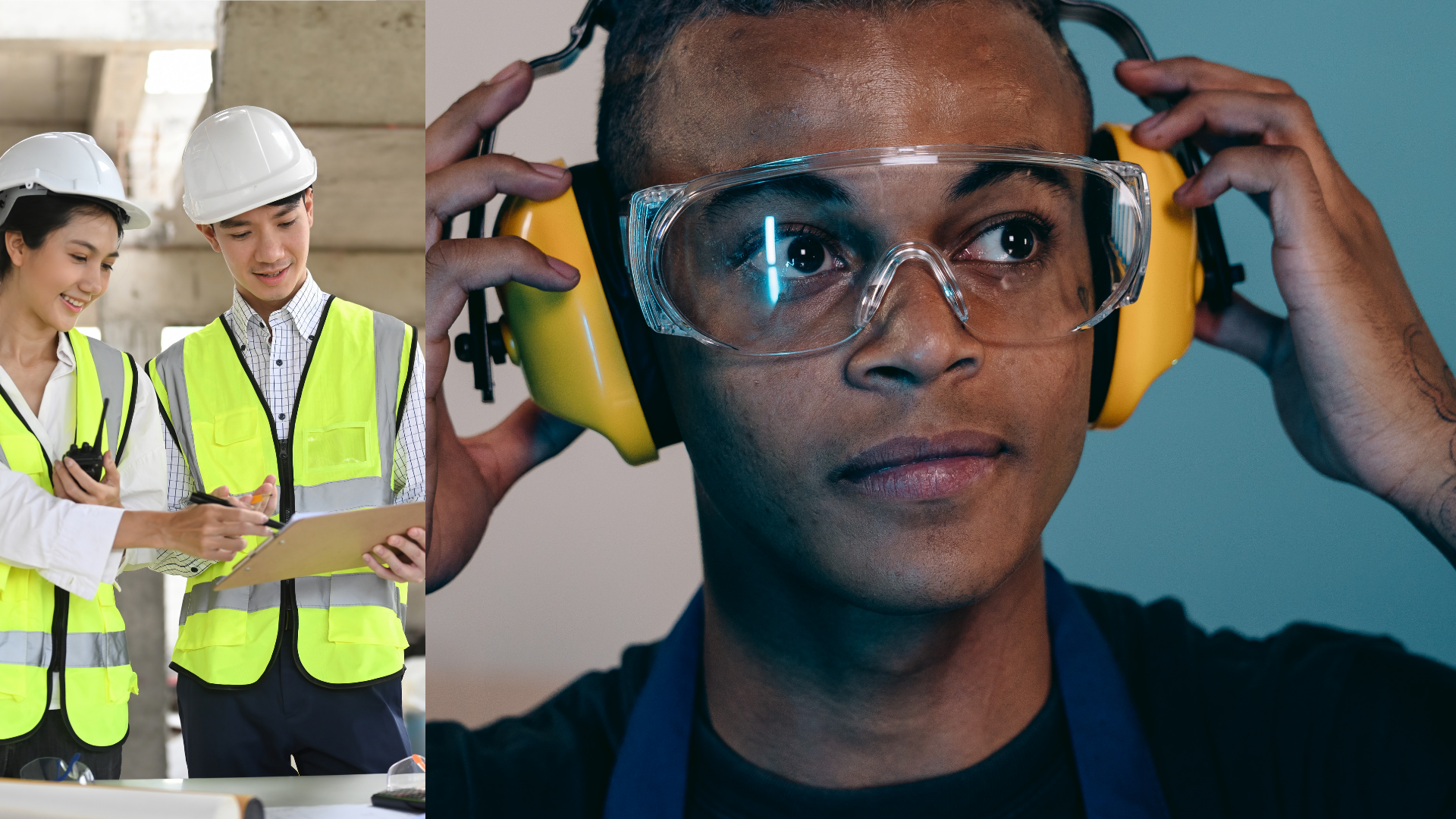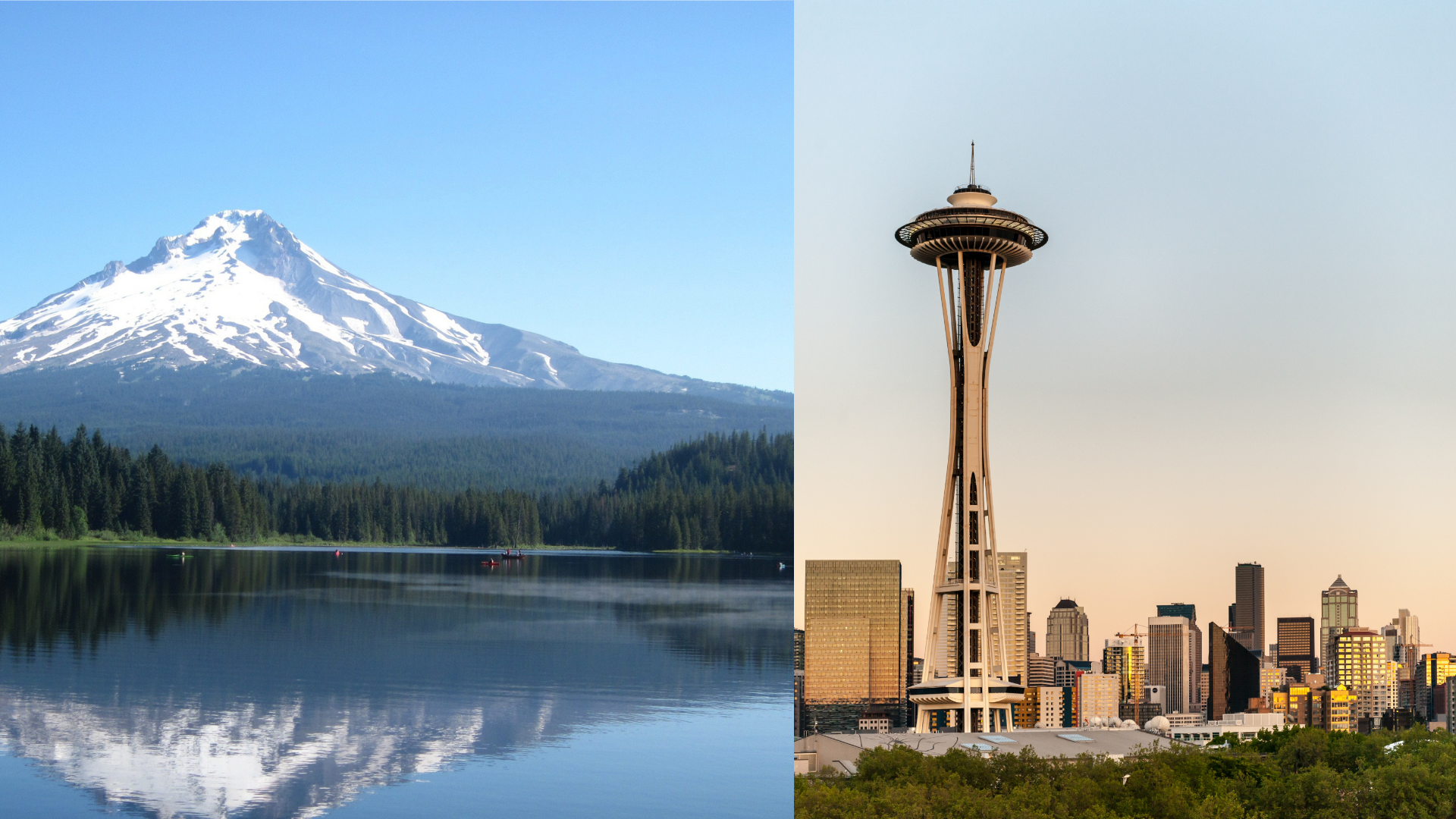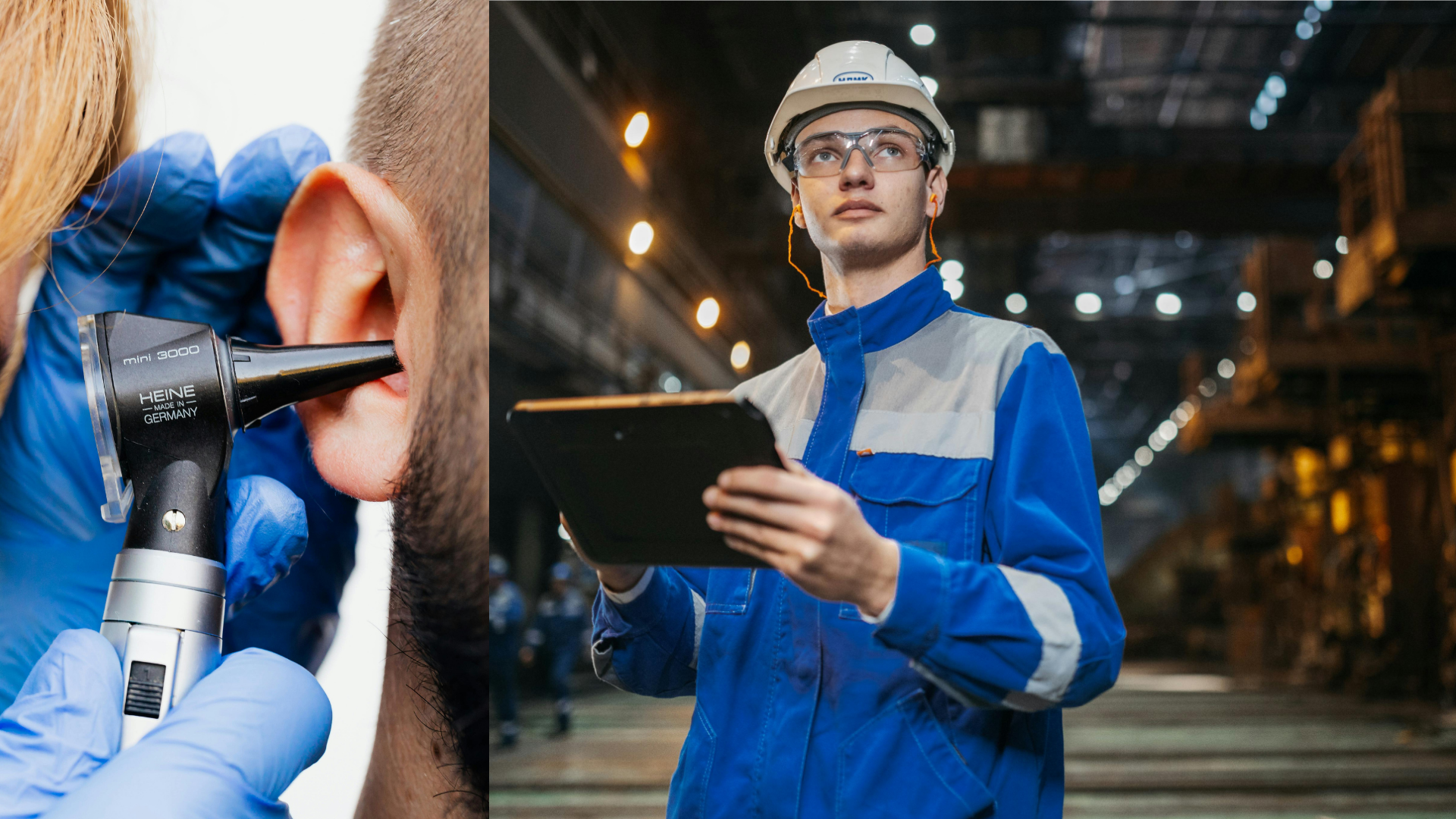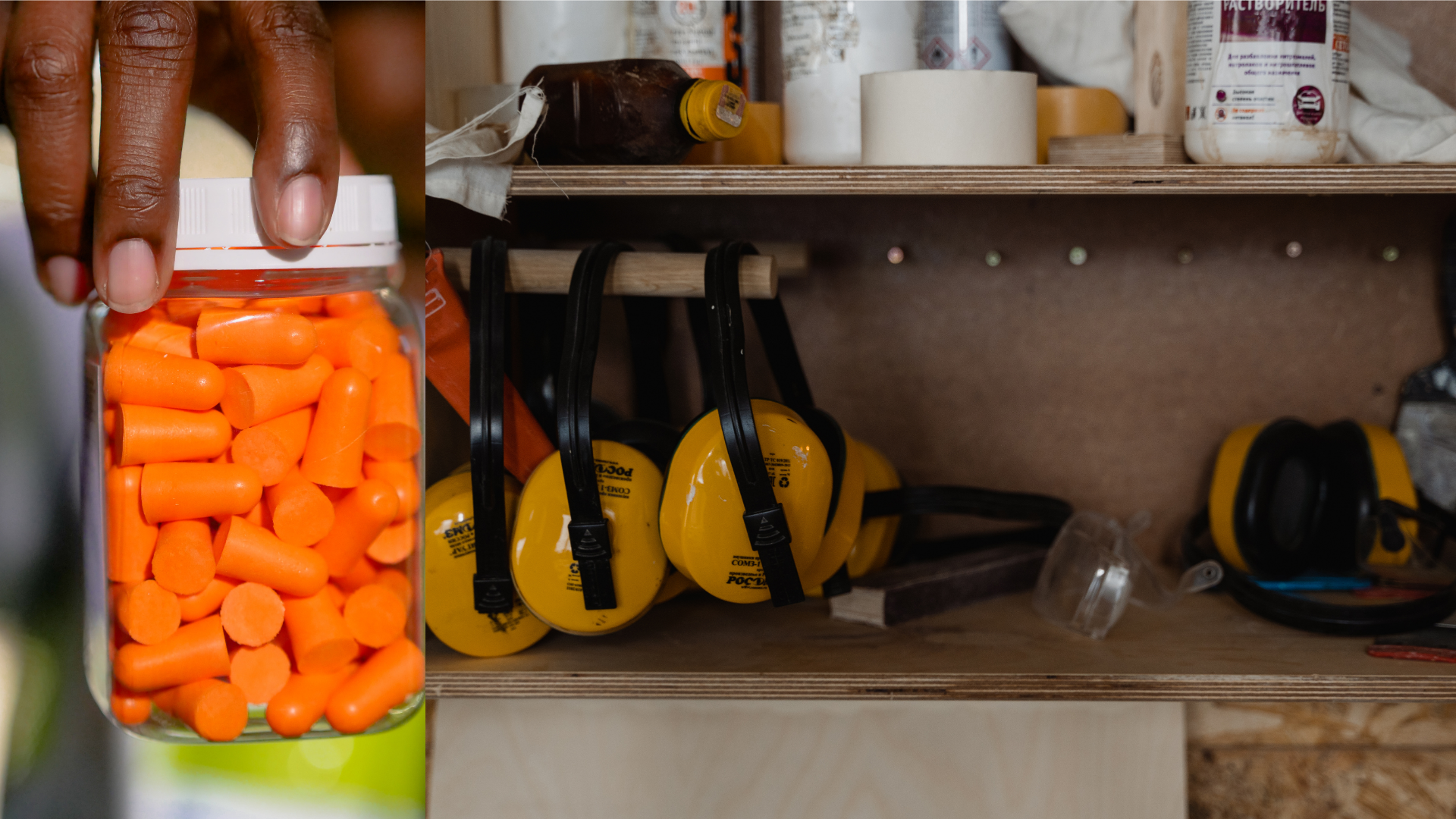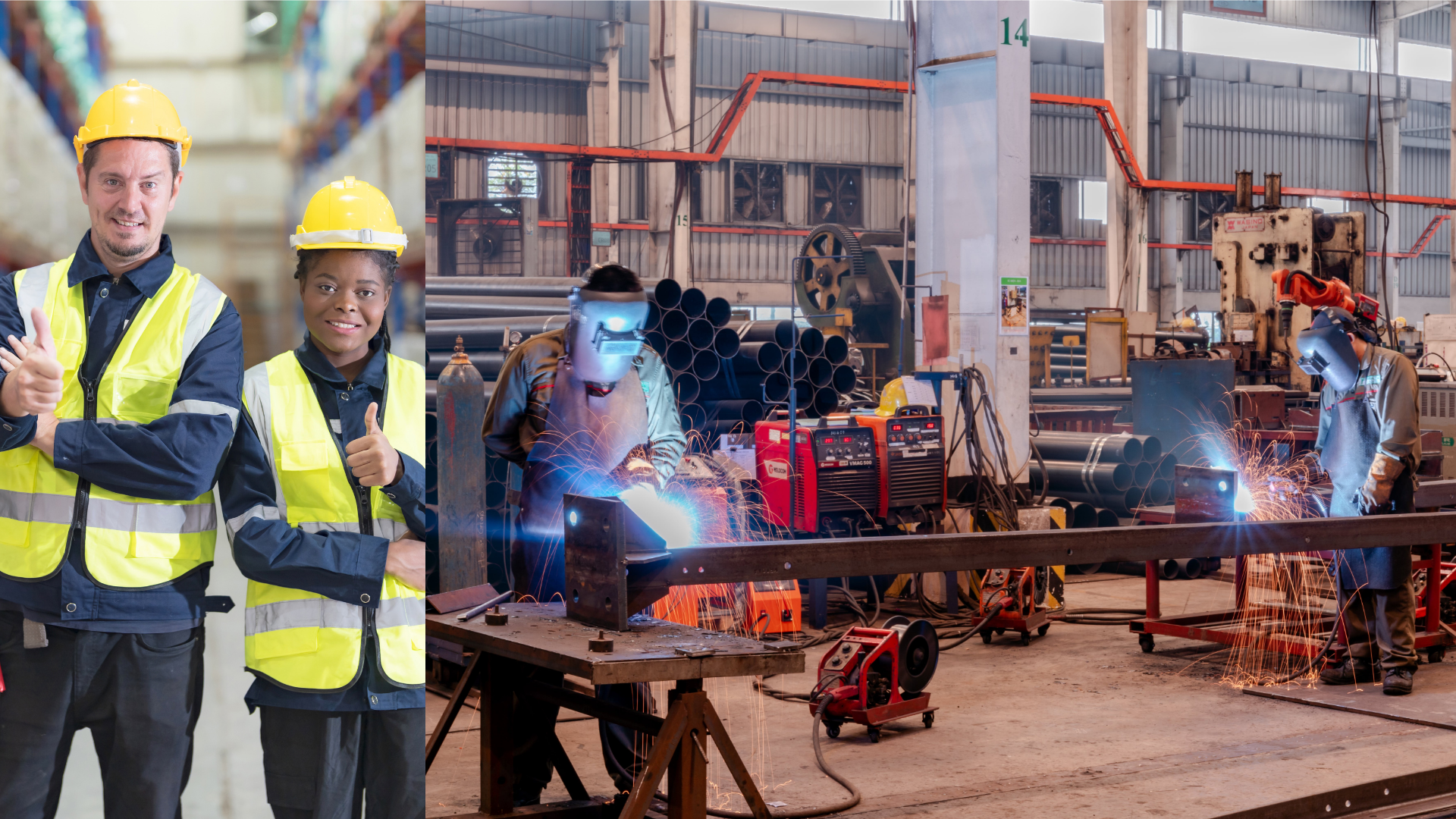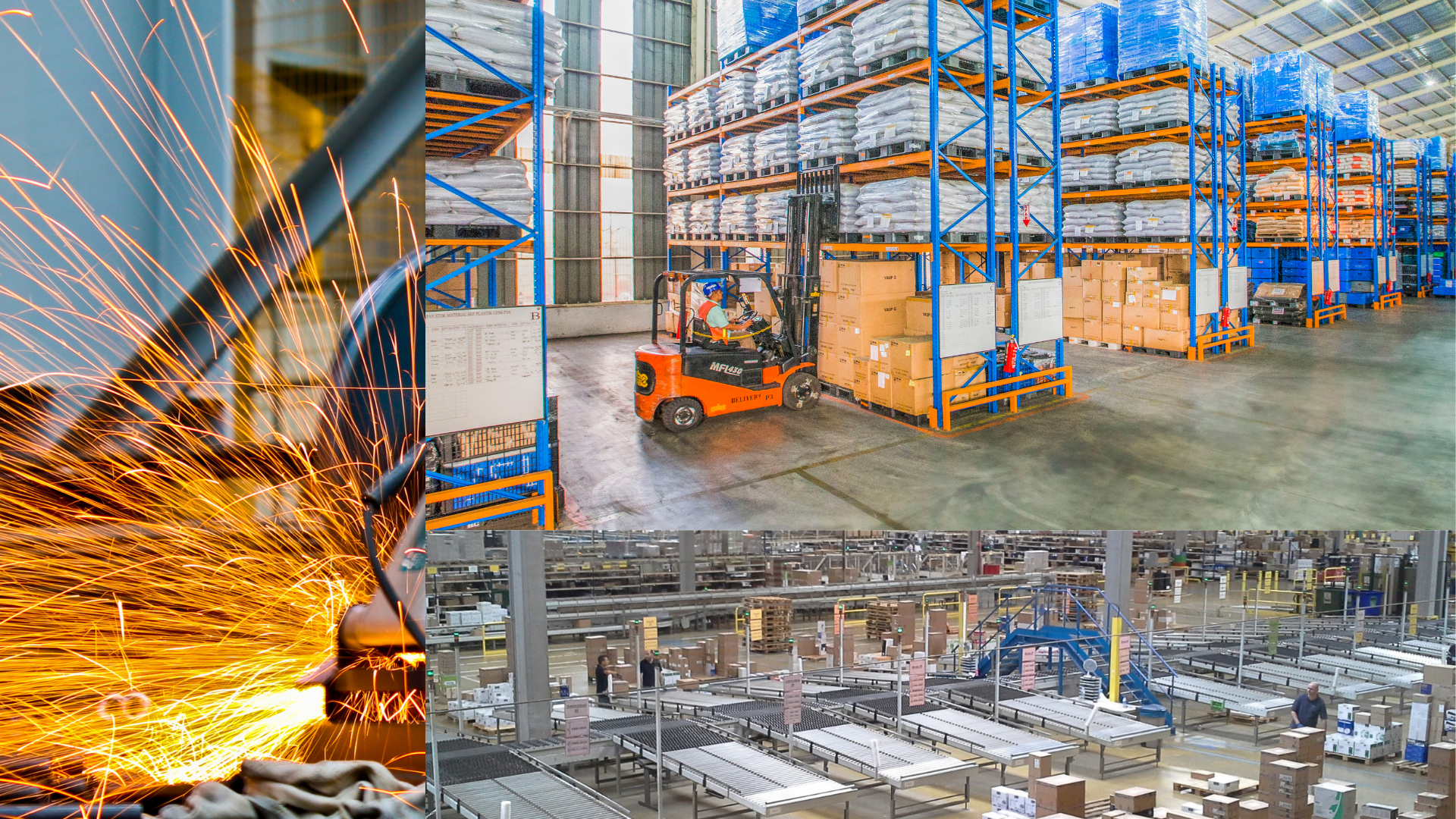Is a higher NRR rating always better for employees?
When choosing hearing protection for employees, it may seem like the higher level of protection is the best option. However, it’s important to make sure employees will receive the appropriate level of protection based on the noise exposure of their job.
Read more: things to consider when choosing HPDs
What is an NRR?
NRR stands for Noise Reduction Rating, and is a measurement of the protection an employee would receive while wearing the hearing protection. As it is a laboratory estimate and assumes the protection is always worn correctly, it is often found to be overly optimistic. Real attenuation is usually much lower than the NRR, which is why OSHA and NIOSH recommend derating the NRR to get a better idea of the protection level.
Interested in how much protection your employees really receive? Consider fit testing
A higher NRR isn’t always the best choice
When deciding what the NRR ‘sweet spot’ is, it’s helpful to consider driving on a sunny day. It wouldn’t be safe to drive with welding goggles because they block more light than sunglasses. You would be overprotected, and unable to see and react to potential issues.
The same principle applies to hearing protection. When employees are working in the 80-100 decibel range, hearing protection is a must. But an NRR that’s too high can block out important danger signals or verbal communications.
Dangers of too little – or too much – hearing protection
Both under and over protection can lead to hearing loss/other injuries, although in different ways.
Over protection
From forklifts backing up to machinery running wrong to shouts from colleagues, over protection runs the risk of employees not hearing warnings.
Employees who are wearing too high of an NRR also are more likely to remove their hearing protection when they need to communicate, exposing them to dangerous levels of noise.
Under protection
Under protecting employees is also dangerous, and can lead to hearing loss. An NRR that’s too low may reduce the noise somewhat, but not enough to fully protect against dangerous levels. It’s important to be aware of employee’s TWA (time-weighted average) of noise exposure, as extended shift periods or moving around facilities can impact the effectiveness of hearing protection.
Request noise mapping or dosimetry
Choosing the best hearing protection options for your team
When choosing hearing protection for industrial employees, there’s more to it than looking at Noise Reduction Ratings.
Will employees wear them correctly and consistently?
Regardless of the labeled NRR, your employees won’t receive protection if they’re not wearing the hearing protectors correctly, every time they’re exposed to dangerous noise. It’s important to provide a choice of protectors that will be worn right, every time.
Are they comfortable for extended periods of time?
If the hearing protection isn’t comfortable, employees won’t wear it. Or they won’t wear it correctly. Either way, the employees won’t receive the labeled attenuation.
Since every ear is unique, this means universal products may not work well for many employees.
Check out custom hearing protection options
Custom hearing protection: the best option for industrial workers
Custom hearing protection ticks all these boxes, and more. From enhanced (and safe) communication options to compatibility with other PPE, a customized solution is more effective for more employees.


